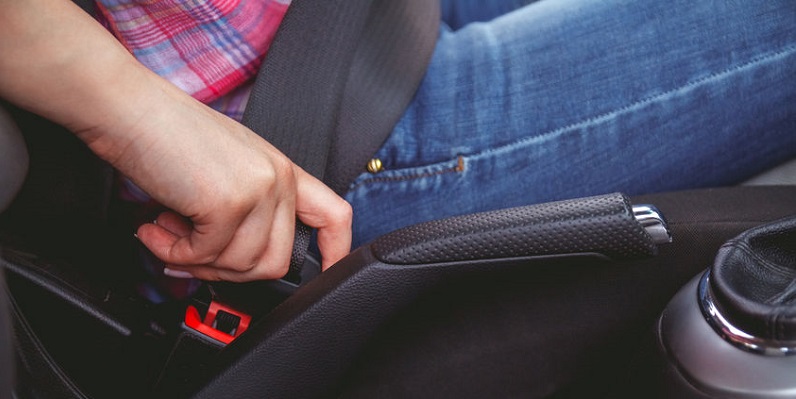Although only about 16 percent of Colorado drivers don’t wear seat belts, unrestrained riders made up more than half of all deaths in passenger-vehicle car accidents last year.
Unbuckled Riders Are More Likely to Die
More than half of the people who died in passenger-vehicle crashes on Colorado streets, roads, and highways in 2017 were not wearing seat belts. And those deaths represent nearly a third of all of the 638 people who died from auto accidents in Colorado last year.
The death total exceeds that of 2016, when 608 died, and represents a 30.7 percent increase in fatalities over 2014, according to trends tabulated by the Colorado Department of Transportation and recently reported by The Aspen Times’ writer Randy Wyrick.
The grim news echoes shock public officials expressed throughout 2017, as they reacted to the prior year’s deaths. And it bolsters their calls for safe-driving practices, such as avoiding distracted driving or driving while impaired, obeying the speed limit and buckling up. Together, these simple things can save hundreds of lives.
Seat Belts’ Role in Numbers
The life-saving role of seat belts could not be clearer, based on statistics from CDOT and The Aspen Times:
- 638: Total traffic deaths in 2017
- 399: Deaths of passenger-vehicle occupants — not pedestrians, bike riders, and motorcyclists
- 211 (52.8 percent): Passenger-vehicle occupants who were killed while not wearing seat belts
- 84 percent: Coloradans surveyed by CDOT who say they wear seat belts.
- 16 percent: Those who say they don’t wear seat belts.
These figures suggest that you’re much more likely to die in a serious car accident if you’re not belted in.
Colorado Lags in Seat Belt Usage
Colorado laws requiring seat belt usage and restricting cell phone use could be stronger, which hampers state officials’ efforts to stem the tide of serious and deadly traffic crashes, according to the transportation department’s leader.
CDOT Executive Director Michael Lewis said:
“We can’t lay the blame for the uptick on Colorado’s population growth. … This comes down to poor choices many people make when driving, from not buckling up to driving impaired or using their phones.”
In fact, the Centennial State places No. 36 in the United States for using the safety restraints, Jenna Jones of Colorado Public Health and Environment told The Aspen Times. The town of Avon passed its own seat belt ordinance, and its fatality rate dropped. She’s encouraging other municipalities to do the same thing. Besides the cost in human lives, traffic fatalities cost the state’s economy an estimated $623 million a year, she said.
Lewis pointed to one sign of improvement in the 2017 traffic fatality rates. The state saw a 22.5 percent decline in motorcycle accident fatalities from 2016, from 125 to 102. Most of the motorcyclists killed were not wearing helmets, he said.
A Look at Other Causes
State Patrol Commander Matthew Packard is looking beyond safety restraints and helmets at some of the key causes of serious traffic accidents: impairment and distraction, The Aspen Times reported. Driving a vehicle weighing on average 3,000 pounds requires drivers’ complete and sober attention because lives depend on it, Packard said.
Alcohol continues to be the substance most often impairing drivers, but marijuana and other drugs are increasing their share, he said. Frequently, traffic investigators will find the involvement of both drugs and alcohol and other intoxicating substances. The trend means that impaired drivers are making multiple bad decisions before deciding to drive.
Packard’s view is more than just opinion. In 2017 the Denver Post published an investigative analysis report showing an astounding increase in the number of drivers involved in fatal accidents who were high on marijuana while driving. While the numbers of fatal crashes in Colorado rose by 40 percent from 2013 to 2016, the numbers of high drivers involved in those accidents increased by 145 percent, from 47 in 2013 to 115 in 2016.

